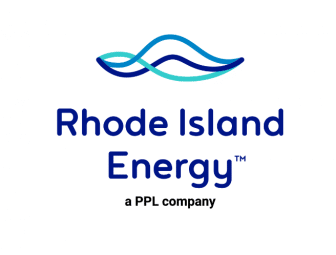
What about the BEE energy?
Electricity area The MoP governs the power region in India and additionally hosts the Bureau of Energy Efficiency (BEE). The Central Electricity Authority (CEA) is the principal advisor to the MoP and is chargeable for the technical coordination and supervision of programs and statistics series and dissemination, notably via the five-12 months National Electricity Plan Flagship Power . The State Electricity Regulatory Commissions (SERCs) collaborate via the Forum of Regulators (FoR). Public-quarter undertakings (PSUs) beneath the MoP consist of the Power Finance Corporation (PFC) and Rural Electrification Corporation, which are characteristic of non-banking monetary establishments and offer loans for strength quarter development. National Thermal Power Corporation (NTPC) is India’s biggest incorporated thermal energy enterprise and the National Hydroelectric Power Corporation (NHPC) is the biggest hydropower producer. In addition, the MoP oversees the functioning of the North Eastern Electric Power Corporation (NEEPCO), the gadget operator Power System Operation Corporation (POSOCO), and the vital transmission utility Power Grid Corporation of India Limited (Power grid). India has several electricity transmission operators in the United States. The power grid owns and operates the majority of the interstate transmission lines, while intrastate strains are IEA.
How is NPCIL related to energy?
As recent reforms opened the arena to private or service provider funding, private-quarter entities additionally build, very own, and function interstate transmission traces. Some electricity-associated departments are run at once under the Prime Minister’s Office. These consist of the DAE, which matches the improvement of nuclear strength generation and the utility of other radiation technology, and NITI Aayog, that’s a respectable suppose tank and policy advisory body of the GoI, co-ordinating sports that can be inter-ministerial, along with India’s electric powered vehicle (EV) program and reform of energy statistics. The DAE has a venture to beautify the proportion of nuclear strength in the power area through the deployment of indigenous and different validated technologies, in addition to thorium-based total reactors with related gasoline cycle facilities. A significant government-owned organization administered through the DAE, the Nuclear Power Corporation of India Limited (NPCIL) is responsible for the generation of nuclear strength, working India’s 21 nuclear reactors. The MNRE is in charge of the improvement of sun, wind, and other renewables in India. Under the MNRE is the National Institute of Solar Energy, the National Institute of Wind Energy, and the Indian Renewable Energy Development Agency (IREDA), which features a non-banking financial organization offering loans for renewable energy and electricity efficiency projects. Solar Energy Corporation of India (SECI) is chargeable for the implementation of diverse MNRE subsidy schemes, which include the solar park scheme and the grid-connected solar rooftop scheme. Biofuels are controlled with the aid of the MoPNG. Main establishments involved in electricity coverage making in India IEA 2019. Coal area The MoC has oversight of the exploration, exploitation, and development of coal and lignite assets in India. Under the ministry, the Coal Controller Organisation is chargeable for the sampling of coal, an inspection of collieries, issuing tips for the upkeep of grades of coal, granting permission for the hole and closure of mines, and amassing IEA.
What about the general energy policy?
Disseminating coal records. It is likewise the appellate authority in case of a dispute. India’s biggest coal mining business enterprise, Coal India Limited (CIL), is under the authority of the MoC. Oil and herbal fuel sectors The MoPNG is in fee of rules regarding the petroleum and natural fuel sectors. The ministry coordinates the upstream regulator, the Directorate General of Hydrocarbons (DGH), and the downstream regulator, the Petroleum and Natural Gas Regulatory Board (PNGRB). The ministry additionally coordinates hydrocarbon records series (Petroleum Planning and Analysis Cell) and investment thru the Oil Industry Development Board. Most of the oil and gas businesses inside us are PSUs, which are organized through the MoPNG.



